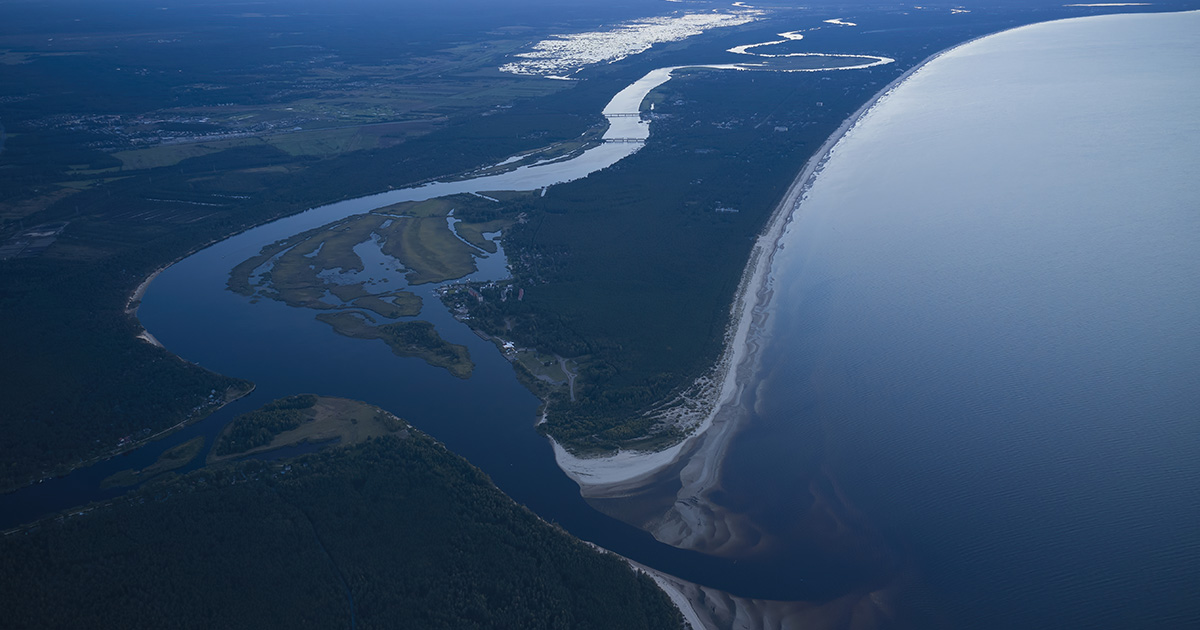The Department of the Interior announced the distribution of over $353 million in fiscal year 2022 energy revenues to the four offshore Gulf oil and gas producing states—Alabama, Louisiana, Mississippi and Texas, and their coastal political subdivisions (CPS), such as counties and parishes.
The funds, disbursed annually based on offshore oil and gas production revenue, support coastal conservation and restoration projects, hurricane protection programs, onshore infrastructure projects, and activities to implement marine and coastal resilience management plans.
The Gulf of Mexico Energy Security Act (GOMESA) of 2006 created a revenue-sharing model for oil- and gas-producing Gulf states to receive a portion of the revenue generated from offshore oil and gas leasing in the Gulf of Mexico. The Act also directs a percentage of revenue to the Land and Water Conservation Fund (LWCF).
Today’s action represents the largest disbursement since the Department began disbursing GOMESA revenues to states and their CPS in 2009, reflecting increased production and market trends. Since GOMESA’s passage, $1.65 billion has been disbursed to the coastal states and their CPS to further conservation efforts of critical coastal wildlife habitats.
Find the disbursed amounts on the Interior Department’s website.
GOMESA funds are derived from qualified oil and gas leasing revenues on the Outer Continental Shelf and disbursed in accordance with the revenue-sharing provisions of the GOMESA legislation. During fiscal year 2022, the Office of Natural Resources Revenue (ONRR) disbursed more than $125 million to the LWCF and nearly $548 million to the US Treasury from bonuses, rentals and royalties paid from GOMESA leases. As the law requires, disbursements to the LWCF and Treasury are made in the same year of receipt; disbursements to the states and CPS are made the year following the year of receipt.
GOMESA disbursements for the four Gulf-producing states and their CPS are subject to a revenue-sharing cap of $375 million annually and the sequestration requirements in 2 U.SC. 901a(6)(B), and OMB Circular A-11, Section 100.4.






